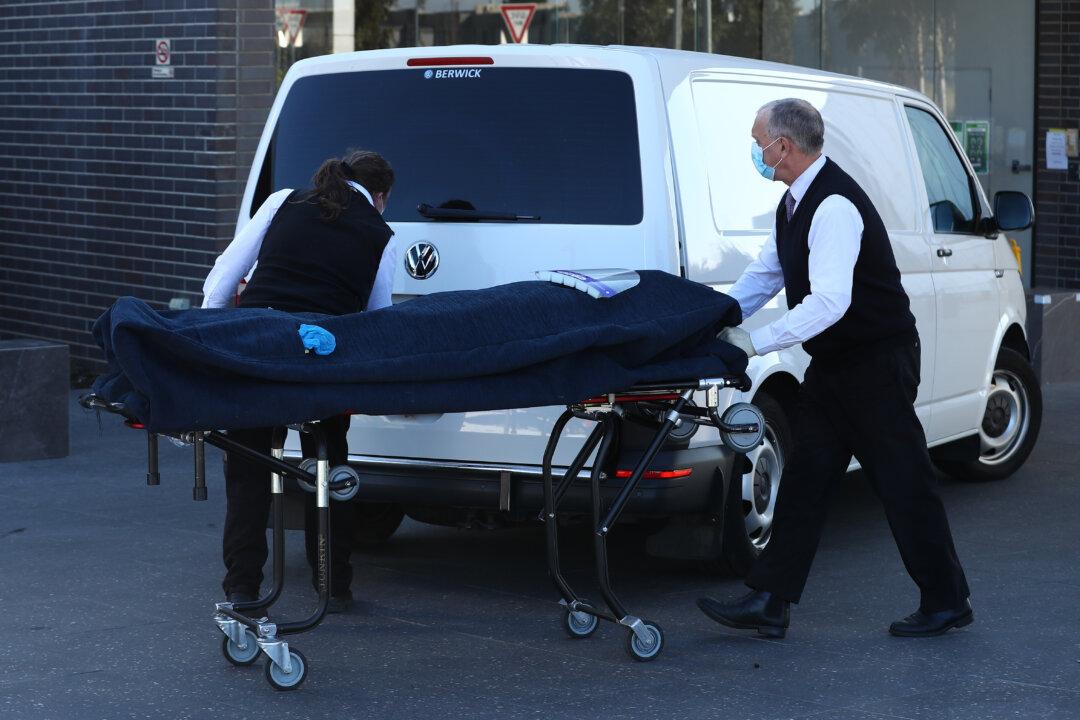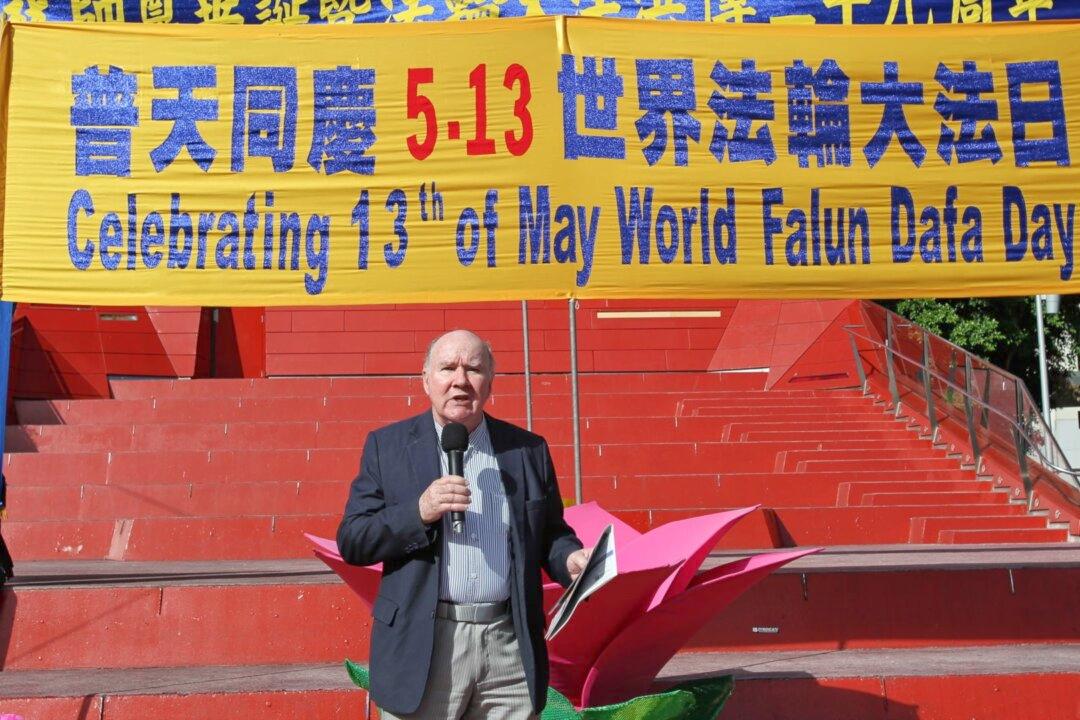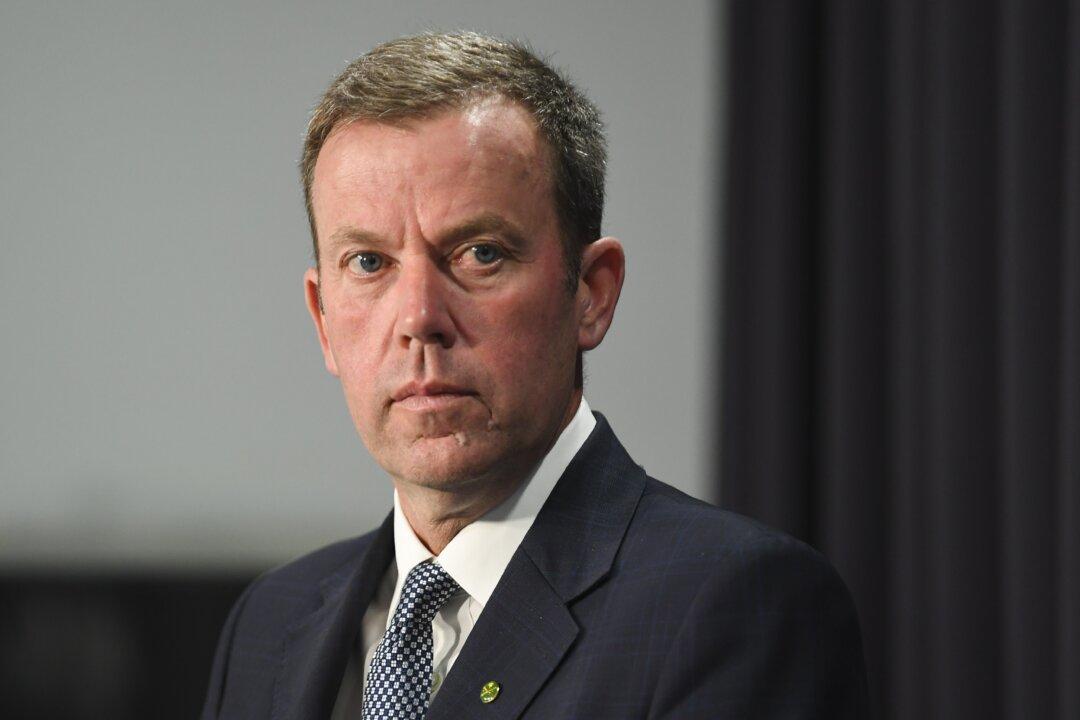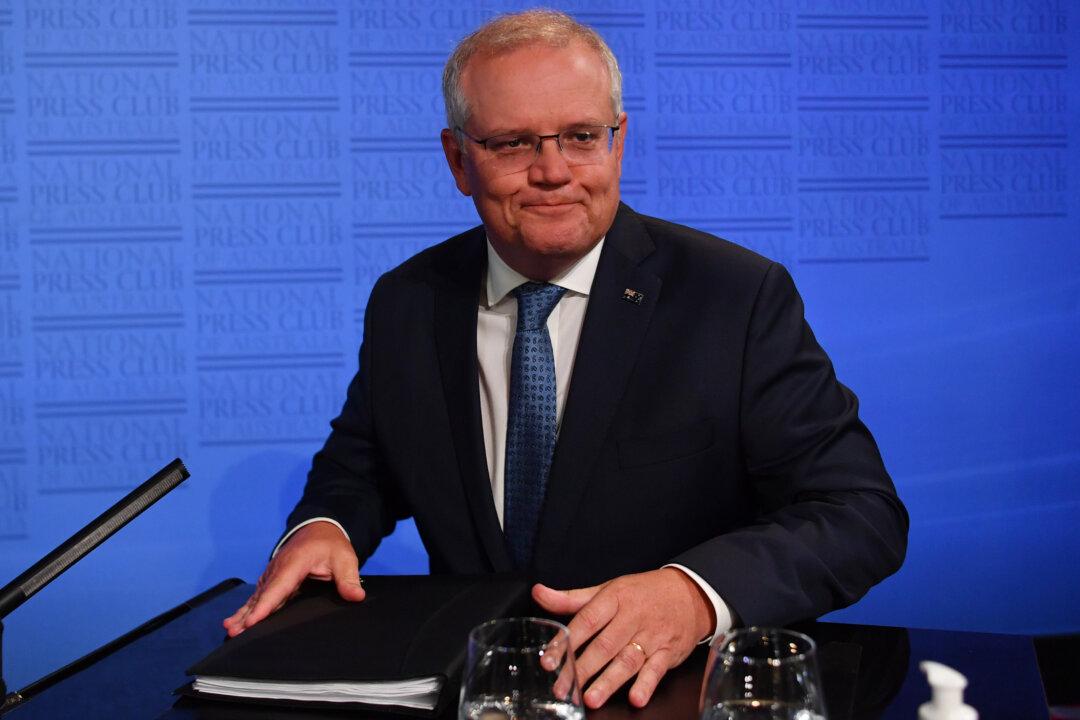A Victorian man in his 20s has become the youngest person to have died in Australia due to COVID-19, the disease caused by the CCP virus.
Victoria Premier Daniel Andrews on Aug. 14 at the daily COVID-19 update said the man’s death was a “terrible tragedy.”





